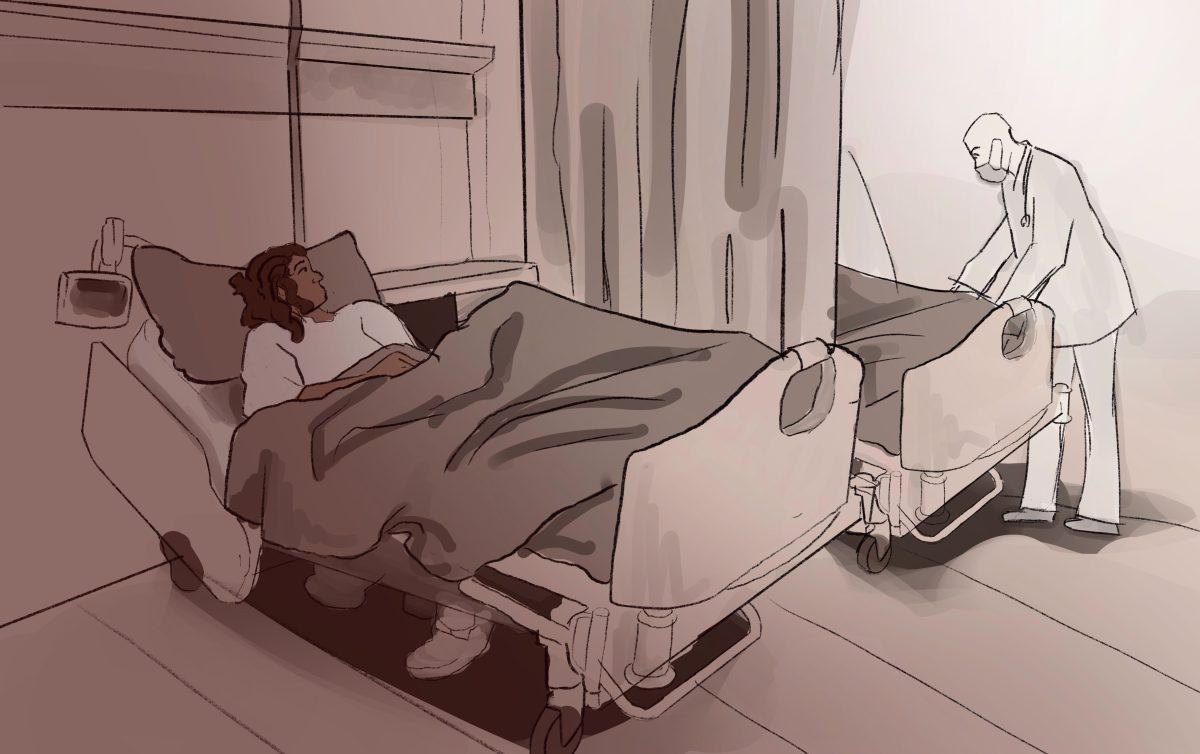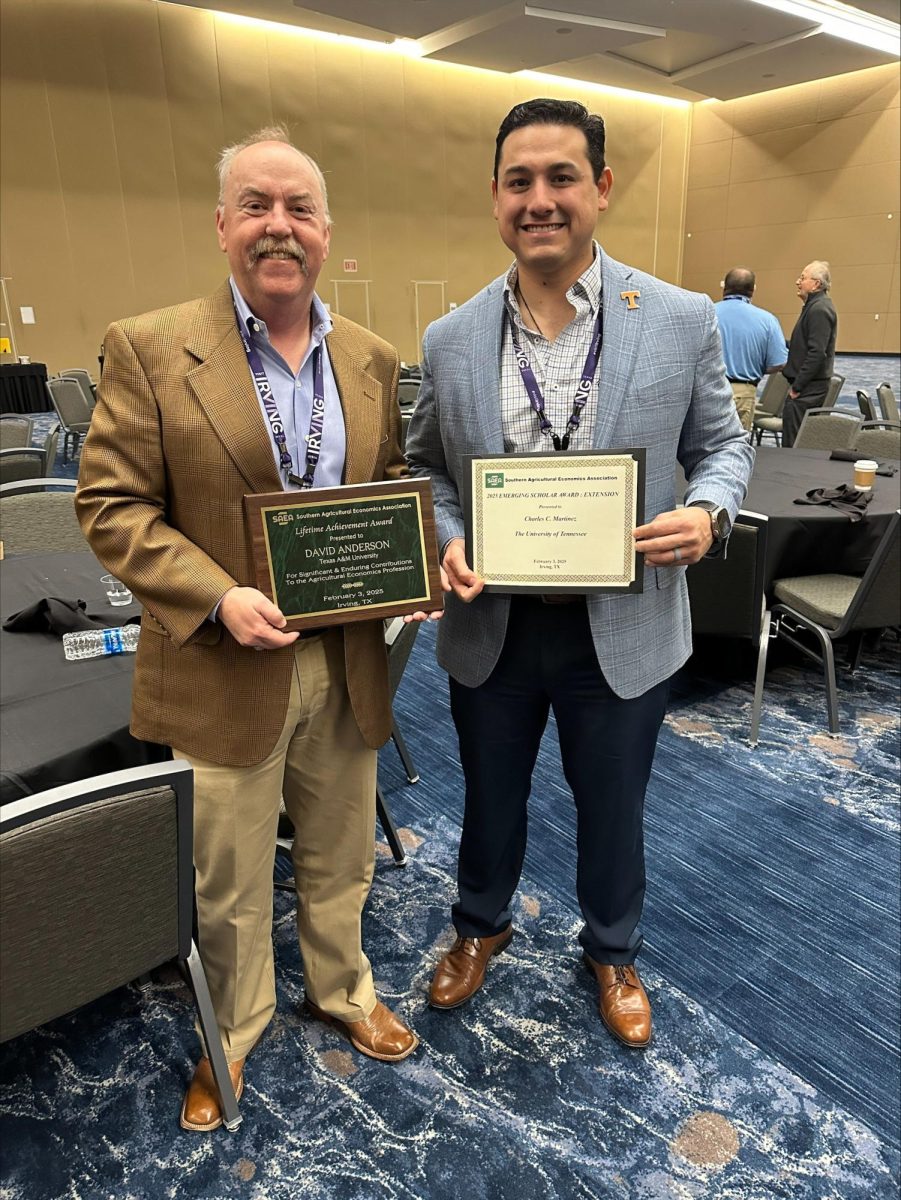Despite various efforts made to promote equity in healthcare for all, racial and ethnic discrimation still pervades the healthcare system, preventing marginalized groups from accessing adequate health services — including treatments for sexual health.
According to a study by Cynthia Prather, Ph.D., Taleria R. Fuller, Ph.D., Khiya J. Marshall DrPH, and William L. Jeffries, IV, Ph.D., health disparities result from the social determinants of poverty, unemployment and limited education, among other factors. Furthermore, the study concludes that among all racial and ethnic minorities, African American women are disproportionately affected by numerous sexual and reproductive health conditions compared to women of other races and ethnicities.
Idia Thurston, Ph.D., associate professor of psychological and brain sciences at Texas A&M, said racism drives health inequities. Thurston said health equity is the principle idea in which everyone should have the ability to be as healthy as possible.
“We need personalized healthcare. The way race is talked about in the United States tends to take a colorblind approach and says we’re going to give services to everyone — we’re just thinking of everyone as a group,” Thurston said. “What that does is … not allow people to get what they need when they need it. Racism really drives people’s experiences with health when their race is not considered.”
Racism affects sexual healthcare in three main areas, Thurston said: access, communication with healthcare providers and appropriate fear and distrust.
“One of the biggest drivers when we think about health equity is access to high quality and effective treatment,” Thurston said. “When [people are] part of marginalized groups, because of their experiences with healthcare systems, they don’t trust the healthcare system. So oftentimes, by the time they show up, they’ve had the infection for so long that it causes more complications.”
When racial and ethnic minorities have healthcare providers who don’t believe them, fail to ask thorough questions tailored to their racial experiences and directly discriminate against their patients, their bias affects the type of service healthcare systems are providing, further causing racial minorities to not follow through with healthcare services, Thurston said.
“The healthcare system traditionally and currently does not treat minority individuals in a proper way,” Thurston said. “Over time, those stories get told. When you have a bad experience, you’re more likely to tell someone, ‘I’ve had this bad experience.’ You find that the fear and distress that people have about engaging with the healthcare system shows up and spreads throughout the community.”
Liasko McKeyer, Ph.D., professor in A&M’s Department of Health Promotion and Community Health Sciences in the School of Public Health, said health disparities faced by racial minority communities are preventable and stem from external stressors from systemic racism in the United States. McKeyer said numerous studies have shown that Black women are more likely to give birth to low weight babies, but that those rates and low infant mortality rates are preventable.
“My baby should not be at an exponentially higher risk for dying than someone else’s because of our skin color,” McKeyer said. “It’s not because of our skin color; it’s not because we’re Black. It’s because of our experiences in this country, which stressed out our systems … it’s something about being in a place where you’re under chronic stress from being discriminated against that taxes your system, your heart, your body, your mind, everything. That stress is going to have adverse health outcomes.”
McKeyer said healthcare providers display implicit bias toward patients, even if they’re non-minorities. Implicit biases come from systemic racism and being raised in a climate where racism exists in everyday life, McKeyer said.
“It’s not as though people looked at them and said, ‘Oh, they’re Black, they don’t get pain medication.’ That’s not how racism works in healthcare,” McKeyer said. “To this day, there are med[ical] students, as well as practicing physicians and nurses and so forth, [who] think that Black people have a higher tolerance for pain, therefore, you don’t need to give them as much [medication]. That’s a complete fallacy.”
Healthcare providers’ personal stereotypes of racial minorities, such as assuming they’re abusing medication or using them for recreational purposes, also affect their access to adequate healthcare, McKeyers said.
“There are people who assume that Black people are drug seeking, so they’re more likely to be asked a whole bunch of questions before they’re administered any pain medication,” McKeyer said. “There’s extra hoops people have to go through in order to get help because of implicit race bias on the part of the people who are delivering care.”
Brazos County Health District, or BCHD, health equity coordinator Felicia Benford helps bridge the gap between the Brazos County community and the wellness of its citizens by engaging, supporting, advocating and educating the community on health wellness, disparities and inequities.
As health equity coordinator, Benford said many members of African American and Hispanic communities often can’t afford health care, and if they can, it’s a tough decision on whom to trust.
“In turn, it means that the children probably are not getting those shots. They’re not getting wellness checkups,” Benford said. “Mom and Dad are not getting the check ups that they need regularly — mammograms, prostate cancer, things of that nature — because they can’t afford it. They’re less likely to go to an educational class to learn about diabetes, high blood pressure and obesity, because what if they tell them to buy medicine, but they don’t have the resources or the funds to? They just seem to let their health go last. They’re focusing on trying to put a roof over their head and food on the table, not health issues.”
Benford said the BCHD Advocacy Group provides education and support for sexual healthcare by teaching young people about different sexually transmitted infections and informing them how to have safe sex, as well as providing them with condoms. Benford said BCHD can direct patients to other resources such as pregnancy support in the community. Additionally, if BCHD cannot provide a service in house, they work with nonprofit agencies to which patients can go for guidance on where to go for affordable assistance.
Dr. Tiffany Skaggs, chief medical officer of A&M’s Student Health Services, or SHS, said there are many facets of racism in medical environments, and SHS is working to make its treatment center welcoming for all students.
“We are really careful not to have any racially divisive symbols hanging up, and we are trying to at least provide some concordance between the healthcare staff race distribution and the student race distribution,” Skaggs said. “We try to use inclusive language, and we try to alert people of their implicit biases. A lot of times, just in the culture of medicine, especially in the south, we may see a person of color and not treat their pain as aggressively as someone else. Here we try to really think about it with each patient and try to acknowledge it.”
Skaggs said SHS staff is aware racial concordance helps with communication between patients and their providers, and it is working to narrow that gap.
“Student Health Services wants to be accessible for everyone, low-cost and friendly,” Skaggs said. “We’re good at what we do, and I think we’re good people. The reason why we’re here is because we want to help students. A lot of us are Aggies, and a lot of us got into healthcare when we were students here, so we want to give back to the university, no matter who you are.”
Color barriers of sexual healthcare
December 20, 2021
Photo by Graphic by Haylea Keith
Women of color often do not receive the same quality of sexual healthcare as white women, including gynecology and obstetrics, due to systemic racism and implicit bias.
0
Donate to The Battalion
$2790
$5000
Contributed
Our Goal
Your donation will support the student journalists of Texas A&M University - College Station. Your contribution will allow us to purchase equipment and cover our annual website hosting costs, in addition to paying freelance staffers for their work, travel costs for coverage and more!
More to Discover









